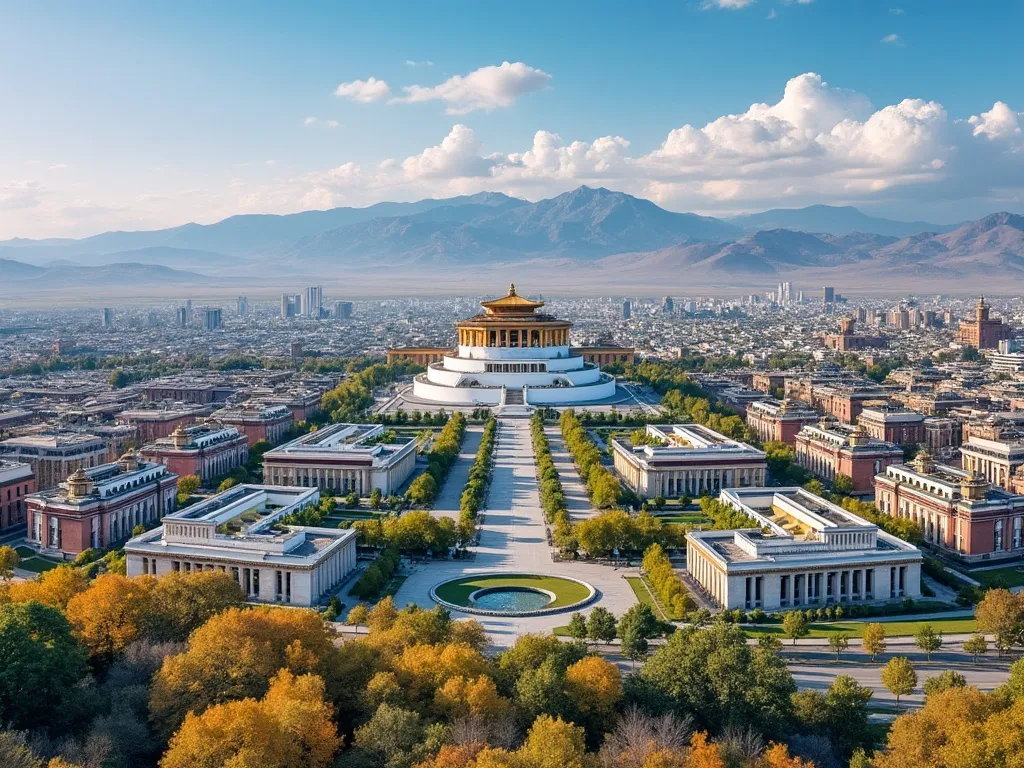
Trípoli es la capital y ciudad más grande de Libia, situada en la parte noroeste del país. Con una rica historia que se remonta al siglo VII a.C., Trípoli ha sido un importante centro de comercio, cultura y política en la región del Mediterráneo.
Información sobre Trípoli
| País | 🇱🇾 Libia |
| Población | 2.2 millones (estimación de 2020) |
| Coordenadas | 32.88°N 13.18°E |
| Área | 1,065 km² (412 sq mi) |
| Clima | Mediterráneo |
| Idioma | Árabe (oficial) |
| Moneda | Dinar libio (LYD) |
| Zona horaria | CET (UTC+1) |
| Proximidad a otras ciudades importantes | Túnez (360 km / 224 mi), Argel (610 km / 380 mi), El Cairo (900 km / 560 mi) |
Datos interesantes sobre Trípoli
- Trípoli alberga el anfiteatro romano más grande del mundo, construido en el siglo II d.C.
- El nombre de la ciudad se deriva de la palabra griega "Tripolis," que significa "tres ciudades."
- Trípoli tiene una mezcla única de estilos arquitectónicos árabes, italianos y otomanos.
Atracciones turísticas en Trípoli
- Castillo Rojo de Trípoli (Castillo de Trípoli)
- Mezquita Gurgi
- Museo Jamahiriya
- Casco antiguo de Trípoli (Medina)
- Plaza de los Mártires (Plaza Verde)
Antecedentes históricos de Trípoli
Trípoli fue fundada por los fenicios en el año 700 a.C. y más tarde se convirtió en una ciudad importante en el Imperio Romano. La ciudad ha sido gobernada por varias dinastías, incluido el Imperio Otomano, que la controló desde 1551 hasta 1911. Después de que Italia colonizara Libia en 1911, Trípoli se convirtió en la capital de la colonia italiana. Libia obtuvo su independencia en 1951, con Trípoli como su capital.
Ubicación geográfica de Trípoli
Trípoli está situada en la parte noroeste de Libia, a lo largo de la costa del Mediterráneo. La ciudad está enclavada entre el desierto del Sahara y el mar Mediterráneo, lo que la convierte en una importante puerta de entrada entre África, Europa y el Medio Oriente.
Significado cultural de Trípoli
Trípoli es conocida por su rico patrimonio cultural, que refleja la diversa historia e influencias de la ciudad. La ciudad alberga muchos museos, monumentos históricos e instituciones culturales, incluido el Castillo de Trípoli, la Mezquita Gurgi y el Museo Jamahiriya.
Importancia económica de Trípoli
Trípoli es el centro económico de Libia, con una economía diversa basada en la producción de petróleo y gas, la manufactura y el comercio. La ciudad también es un importante centro de transporte, con un concurrido aeropuerto internacional y un importante puerto marítimo.
Conclusión sobre Trípoli
Trípoli es una ciudad fascinante con una rica historia, un significado cultural y una importancia económica. Como capital de Libia, Trípoli continúa desempeñando un papel vital en el desarrollo y las relaciones internacionales del país.
 Túnez
Túnez
 Ulán Bator
Ulán Bator
 Tokio
Tokio
 Tórshavn
Tórshavn